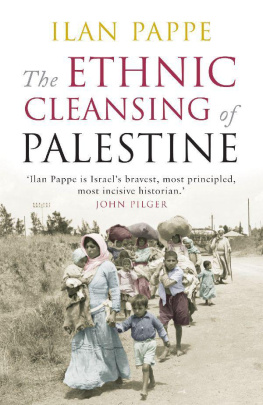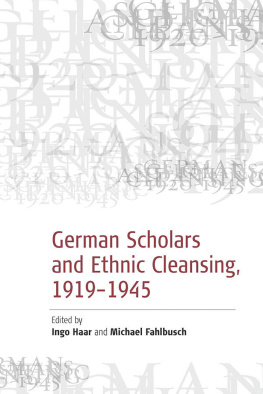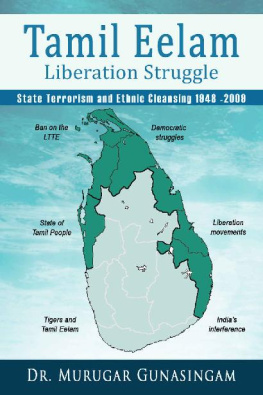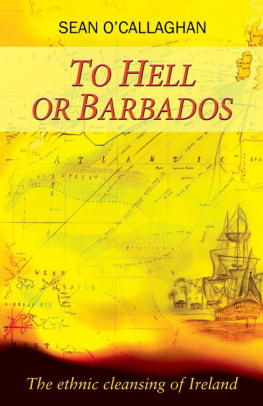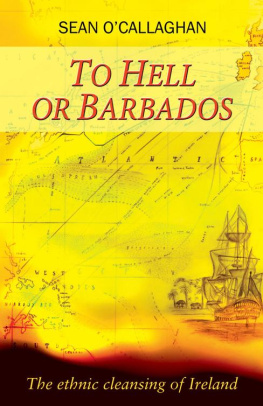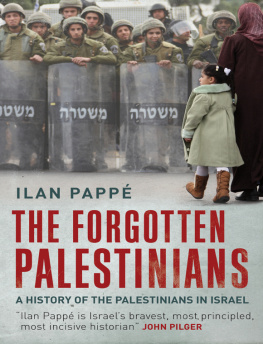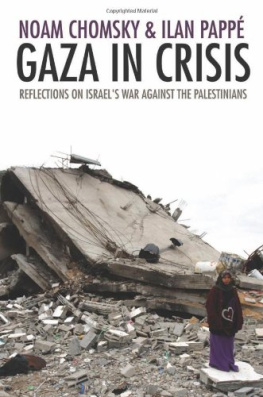PRAISE FOR THE ETHNIC CLEANSING OF PALESTINE
Ilan Pappe is Israels bravest, most principled, most incisive historian.
John Pilger
Ilan Pappe has written an extraordinary book of profound relevance to the past, present, and future of Israel/Palestine relations.
Richard Falk, Professor of International Law and Practise, Princeton University
If there is to be real peace in Palestine/Israel, the moral vigour and intellectual clarity of The Ethnic Cleansing of Palestine will have been a major contributor to it.
Ahdaf Soueif, author of The Map of Love
This is an extraordinary book a dazzling feat of scholarly synthesis and Biblical moral clarity and humaneness.
Walid Khalidi, Former Senior Research Fellow, Center for Middle Eastern Studies, Harvard University
Fresh insights into a world historic tragedy, related by a historian of genius.
George Galloway MP
Groundbreaking research into a well-kept Israeli secret. A classic of historical scholarship on a taboo subject by one of Israels foremost New Historians.
Ghada Karmi, author of In Search of Fatima
Ilan Pappe is out to fight against Zionism, whose power of deletion has driven a whole nation not only out of its homeland but out of historic memory as well. A detailed, documented record of the true history of that crime,
The Ethnic Cleansing of Palestine puts an end to the Palestinian Nakbah and the Israeli War of Independence by so compellingly shifting both paradigms.
Anton Shammas, Professor of Modern Middle Eastern Literature, University of Michigan
An instant classic. Finally we have the authoritative account of an historic event, which continues to shape our world today, and drives the conflict in the Middle East. Pappe is the only historian who could have told it, and he has done so with supreme command of the facts, elegance, and compassion. The publication of this book is a landmark event.
Karma Nabulsi, research fellow at Nuffield College, Oxford University
The first book to so clearly document the ethnic cleansing of Palestine in 1948, of which the massacre at Deir Yassin was emblematic. A masterful achievement.
Daniel McGowan, Executive Director, Deir Yassin Remembered, Hobart and William Smith College
Pappe has opened up an important new line of inquiry into the vast and fateful subject of the Palestinian refugees. His book is rewarding in other ways. It has at times an elegiac, even sentimental, character, recalling the lost, obliterated life of the Palestinian Arabs and imagining or regretting what Pappe believes could have been a better land of Palestine.
The Times Literary Supplement
Succinct, clearly written, sometimes emotionally overwhelming in its personalized presentation, The Ethnic Cleansing of Palestine should be put forward as a document serving as a prime witness to the war crimes and the crimes against humanity of the destruction of Palestinian society and cultural geography by the Jewish state.
Palestine Chronicle
Pappe offers a scorching indictment of Israels treatment of the Palestinian people in The Ethnic Cleansing of Palestine.
Metro
Pappe is one of the brave few voices to stand up and be counted in the oppressive atmosphere of Israeli society.
Morning Star
For anyone who possesses a strong stomach and an equally strong desire to know the truth.
Counterpunch
Pappe is well positioned to lob a grenade such as this one into the twin worlds of Middle Eastern studies and politics.
Arab Banker
THE ETHNIC CLEANSING OF PALESTINE
ILAN PAPPE

THE ETHNIC CLEANSING OF PALESTINE
First published by Oneworld Publications Limited October 2006
This paperback edition first published 2007
Reprinted 2008 (three times), 2010, 2011
This ebook edition published by Oneworld Publications 2011
Copyright Ilan Pappe 2006
All rights reserved
Copyright under Berne Convention
ACIP record for this title is available
from the British Library
ISBN-13: 9781780740560
Cover design by Jon Gray
Typeset by Jayvee, Trivandrum, India
Oneworld Publications
185 Banbury Road
Oxford, OX2 7AR
England
The publishers would like to thank the United Nations Relief and Works Agency for permission to reproduce the photographs on plates 8, 1012, 18, 19, and back cover, all copyright UNRWA. The publishers would also like to thank the Institute of Palestine Studies, Beirut, for permission to publish the photographs on plates 14-17, all from the book All That Remains (ed. Walid Khalidi) and for generously providing maps 3, 4, and 7; and would like to express their sincere gratitude to Abu al-Sous of www.palestineremembered.com, whose assistance in locating images has been invaluable. The photographs on plates 4 & 13 copyright Bettmann/Corbis; the photograph on plate 1 copyright Hulton-Deutsch Collection/Corbis; the photograph on plate 6 and front cover copyright Getty Images; the facsimile article on plate 7 copyright New York Times.
Learn more about Oneworld. Join our mailing list to find out about our latest titles and special offers at:
www.oneworld-publications.com
Contents
List of Illustrations, Maps, and Tables
ILLUSTRATIONS: PLATE SECTION
1. Irgun troops marching through Tel-Aviv, 14 May 1948
2. Jewish forces occupy a village near Safad
3. Jewish forces enter Malkiyya
4. Arab men of military age are marched to holding camps
5. The Red House in Tel-Aviv, headquarters of the Hagana
6. Refugee women, children and the elderly are evacuated
7. The New York Times report on the Deir Yassin massacre
8. Palestinian refugees flock to the sea to escape
9. Refugees on the move
10. Loading belongings into trucks for the journey
11. Elderly refugees
12. Palestinian refugees flee on fishing boats
13. Jewish immigrants arrive at the port in Haifa
14. The village of Iqrit before its destruction
15. The village of Iqrit, 1990
16. A theme park on the site of Tantura
17. The cemetery of Salama
18. Nahr al-Barid refugee camp in northern Lebanon
19. Baqaa refugee camp, Jordan
MAPS AND TABLES
Acknowledgements
Over the years, the theme of this book was discussed with many friends, all of whom, in one way or another, have contributed to this book with their encouragement and support; many also provided me with documents, testimonies and evidence. There were so many of them that I do not dare compose a list, but wish to thank them collectively. The military material was collected by Oshri Neta-Av, and I thank him for what was, in hindsight, a very difficult task, not only because of the voluminous material, but also due to a murky political atmosphere.
Uri Davis, Nur Masalha and Charles Smith read the manuscript, and I hope that, at least in part, the end result reflects their industrious work. Needless to say, the final version is mine and they share no responsibility for the text. Nonetheless, I owe them a great deal and wish to thank them very much for their cooperation.
Walid Khalidi and Anton Shamas, who read the manuscript, provided moral support and empowerment, which made the writing of the book a valuable and meaningful project, even prior to publication.
My dear old friend Dick Bruggeman, as always, was there editing meticulously and painstakingly. This project could not have been completed without him.
Next page
